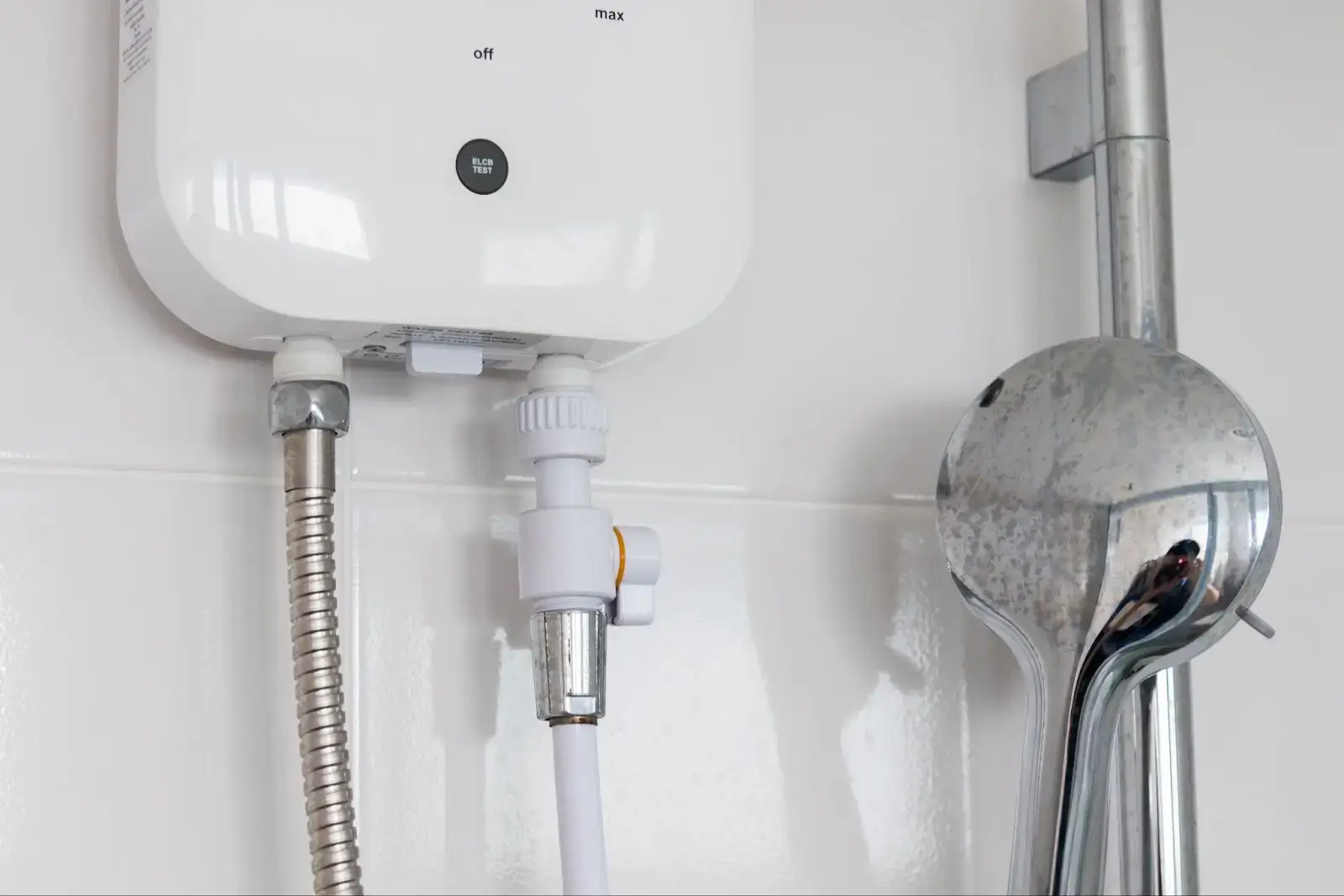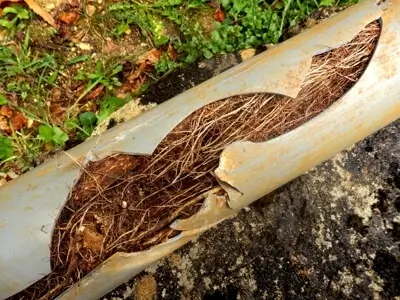These days, residential homes are housing more than just one family. Couples, extended family members, and friends live under one roof and share one temperature.
With the rise of families and friends moving in together, temperature control has become harder to manage.
Ductless mini-splits may be a viable alternative for an entire home with varying thermal preferences, sharing one temperature.
What are Ductless Mini-Split Systems?
A ductless mini-split system is a newer innovation in air conditioners.
First and foremost, mini-split systems don't come with giant air ducts. Already, their add-ons make more manageable integrations to any existing structure.
Instead of the usual sprawling ductwork, air exchange flows through more compact tubing.
The shorter or smaller the distance air travels, the lower the risks of air and energy loss.
Mini-Splits: Composition
Instead of ducts, airflow is distributed through single or multiple copper pipes between units.
Unlike traditional ducted systems, a mini-split only comes with two major components.
Natural air is collected, filtered, and conditioned by outdoor and indoor units.
Outdoor Unit
Your mini-split system's outdoor unit, also known as its outdoor condenser, is responsible for managing air.
The outdoor condenser houses compressors, capillary tubings, coils, and heat pumps.
The condenser fans and motors facilitate air exchange producing the necessary airflow into the entire system.
Heat pumps collect and dispense heat based on your preferred temperature.
A heat pump will extract heat from enclosed spaces to lower indoor temperatures, but the condenser coil streamlines your air conditioner's overall heat transfer.
Its sophisticated configuration is critical in producing good indoor air quality before even reaching your mini-split systems' indoor air handling units.
If you are tight on space and budget, you can save more by linking more than one indoor unit to one outdoor unit.
Indoor Unit
The indoor air handling units of mini-splits are typically large and rectangular.
You might have seen such an air conditioner at your friend's house, protruding from their living room wall.
Not everyone is used to seeing ductless mini-splits, and their presence on a wall might be intimidating. Still, they're efficient heating and cooling systems you can fit into any room.
Their lack of ductwork takes up less room, making their installation more straightforward.
Inside your indoor units, filtration systems, electrical wirings, coils, and motors get equally busy in providing your home with quality air conditioning.
Air filters prevent contaminants from getting indoors, so outdoor pollution can remain just that: outdoors.
You aren't just protected from outdoor pollutants thanks to multiple layers of finely intertwined materials. Air filters are housed within a mini-split system's indoor units to help purify and maintain a structure's indoor air quality.
Mini-splits rid your indoor environment of ambient heat by absorbing it into its evaporator coil for outdoor transmission.
Well-regulated heat transfer allows more efficient temperature control with less energy input.
There's more good news on the horizon for your energy bill.
A mini-split system's distribution rate is much lower than central air systems, with indoor fans and motors only delivering air to one area instead of extensive ductwork.
A More Sustainable Option in Air Conditioning
While these more energy-efficient heating and cooling system has established their prominence in Asia, they have only recently risen in popularity in America.
Over 90% of households in the United States have an air conditioning unit, and the national percentage is climbing just as fast as temperatures nationwide.
With climate change triggering higher temperatures, energy costs are also spiking, which isn't helping our o-zone layer.
The more we use appliances, the bigger our carbon footprint, negatively impacting our environment.
Now more than ever, we are creating a vicious cycle.
We are remedying our current problems brought on by past environmental indiscretions with our own.
Breaking the Cycle
Take the environment into consideration the next time you choose between appliances.
Look into a device's energy efficiency, especially heating and cooling appliances. Ensure the next choice you make isn't a harmful one.
Opting for more energy-efficient systems is better for the environment and your wallet.
Central Air Systems
When you install a central air conditioning system with ductwork in tow, you can expect a spike in energy cost this summer.
Portland, Oregon, has a Mediterranean climate, and its summers can be sweltering. Homeowners turn up cooling systems to avoid heat-related complications.
Higher temperatures can affect your health and your home. Even indoors, your living room setup can deteriorate, and the paint on your wall can bubble up.
A central air conditioner can cool your home just fine.
However, the cost won't be as "fine."
Central System Costs
Annually, Americans spend a reported $22 billion on utility bills and upfront costs related to air conditioning.
It costs an average of $2,500-$4,000 to install a central system, and the cost of its maintenance and monthly energy consumption doesn't make things any lighter.
If you miss a routine check-up, you might rack up repair costs.
Common Issues With a Traditional HVAC System
There are many issues homeowners face with traditional HVAC systems.
It can be a pain to repair, and the cost of giving its ductwork a thorough cleaning isn't far behind.
Here are some of the most commonly reported problems:
- Short Cycling
When coils freeze over, your cooling system might shut down on its own due to leaks and condensation.
The frozen coils produce sub-zero temperatures within and fool your control system into thinking your indoor temperature needs have been met.
Your air conditioner will halt its cooling efforts even when your indoor environment remains at higher temperatures.
It's a problem all heating and cooling systems face. However, it's a more significant issue in households with one conditioning system.
There's no escape indoors, and you might have to brave the heat outdoors instead of the increasingly suffocating humidity indoors when your HVAC system is short cycling.
- Temperature Control
For central systems, there is only one thermostat or temperature control unit.
Everyone lives under one temperature, and thermal dictatorship is not for everyone.
Your friends and family won't be able to decide on a temperature they are comfortable with and might be deterred from staying for longer periods.
- Maintenance
Ductwork is more susceptible to contamination. There are more than invisible pollutants that can penetrate and clog ducts.
Rodents, bugs, plastics, and leaves are some things that get caught in ducts. When it isn't checked and cleaned properly, it can cause more serious issues and cost you more to rectify.
It calls for more extensive services to remedy the smallest issues, and only the most reliable HVAC technicians can help you with it efficiently.
The Mini-Split System Solution
Luckily, while mini-split systems face the same issues, they are at a lower risk.
Its more compact configuration is easier to reach for maintenance and repairs, and most mini-split systems come with Smart functions that remedy small internal issues on their own.
Some also possess more advanced technology so that you can link their control systems to your mobile device.
Mobile updates can call your attention to issues your ductless mini-split may be having, and you can reach out to a technician before smaller issues become more critical.
There are lots of solutions ductless mini-splits offer your home.
Mini-Split Systems: PROS
- Installation, Management, and Handling
Ductless systems don't have hard-to-reach areas. Airflow goes through copper tubes and piping in more strategic placements, making it easier to handle and maintain.
Technicians can clean the outdoor components of a mini-split system with more than one indoor unit sharing one condenser more efficiently.
You can also install ductless mini-split air conditioners more easily.
Their installation only calls for a small hole for piping to go through on any room wall. That's about as much drilling as installations need.
- Energy Efficiency
The mini-split systems include some attractive options for further efficiency.
Your utility bills will thank you later if you can look past a mini-split system's upfront cost.
Mini-split systems cost 15%-30% higher than a traditional ducted system. Still, rather than a luxury buy, it's a long-term investment.
An HVAC system will run up energy consumption and cause surges in energy bills. Mini-split units with ductless systems can keep costs at bay, even in the summertime.
The more compact its systems are, the fewer risks of energy loss, which cause varying components to overcompensate and heighten energy use.
Ductless units with inverter-driven compressors regulate cooling effects. Energy consumption is effectively lowered by preventing the overcompensation of a mini-split's cooling components.
Less energy usage leads to lower utility costs and environmental impacts.
Of course, you can't maximize the perks of mini-split systems if you don't partner up with a reliable contractor.
Sunset Heating and Cooling Electrical
If you're considering an upgrade or need repairs, you can reach out to one of Portland's oldest and most trusted HVAC system contractors, Sunset Heating and Cooling Electrical.
Our licensed technicians can help you deal with the issues your newer or older system is facing!
Whether it's a central system or a ductless system, we'll help you figure it out. We also attend to window air conditioners.
Don't settle for less!
In Case of Emergencies
You can visit our website to find out more and book an appointment online.
If you need help with your ductless system immediately, call us!
Call (503) 500-5866
Book an Appointment Online
Service area
We've been providing quality services all over Oregon since 1922.







